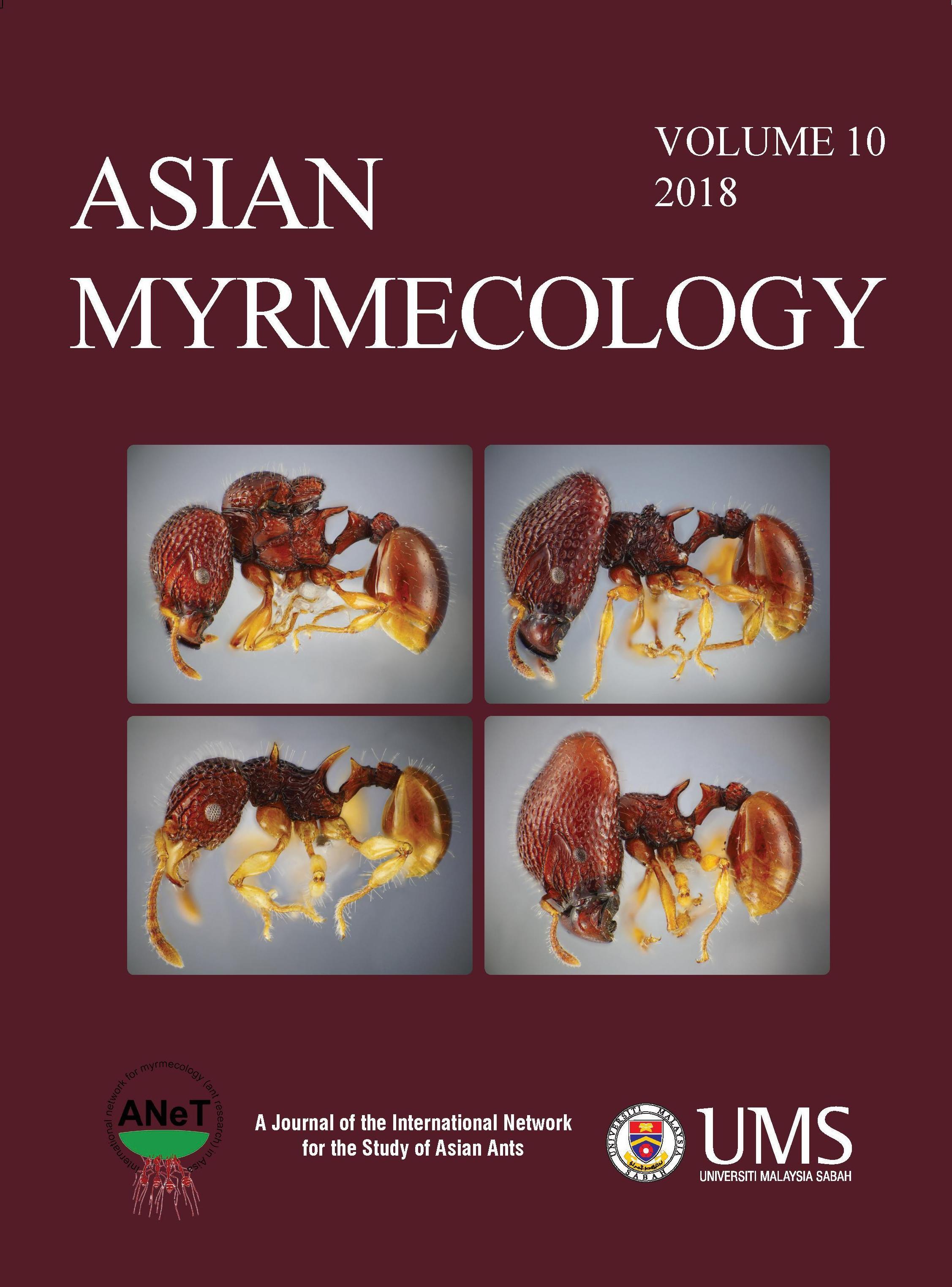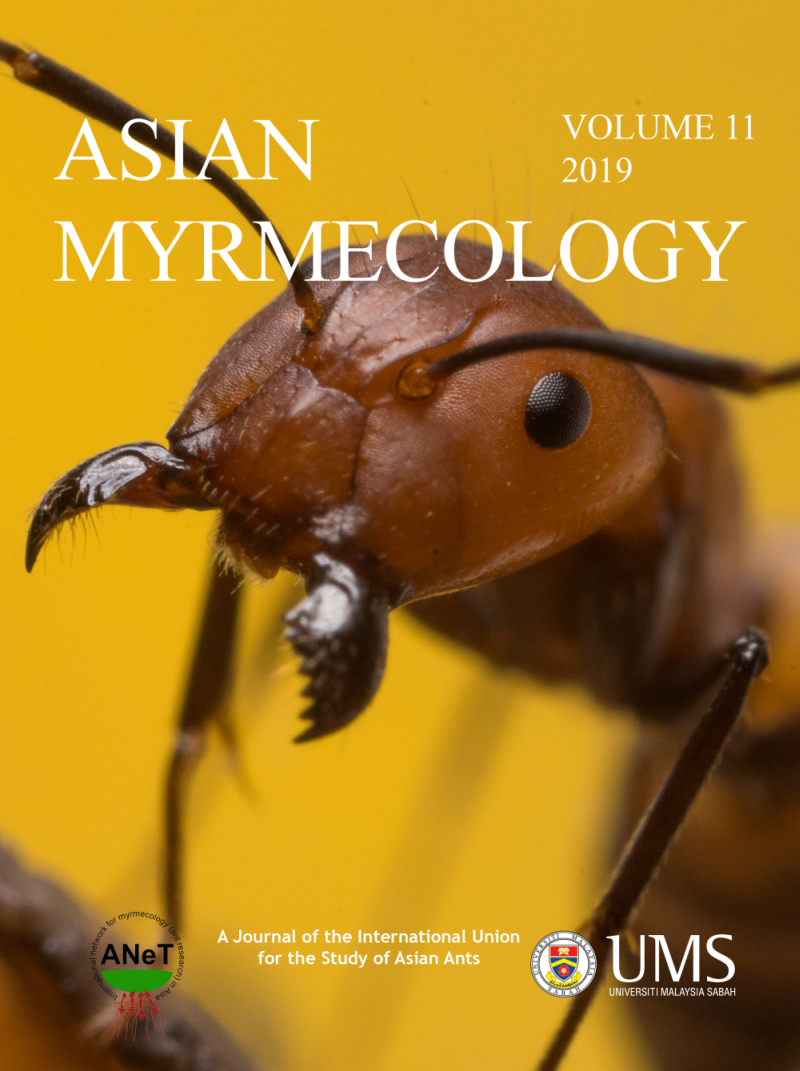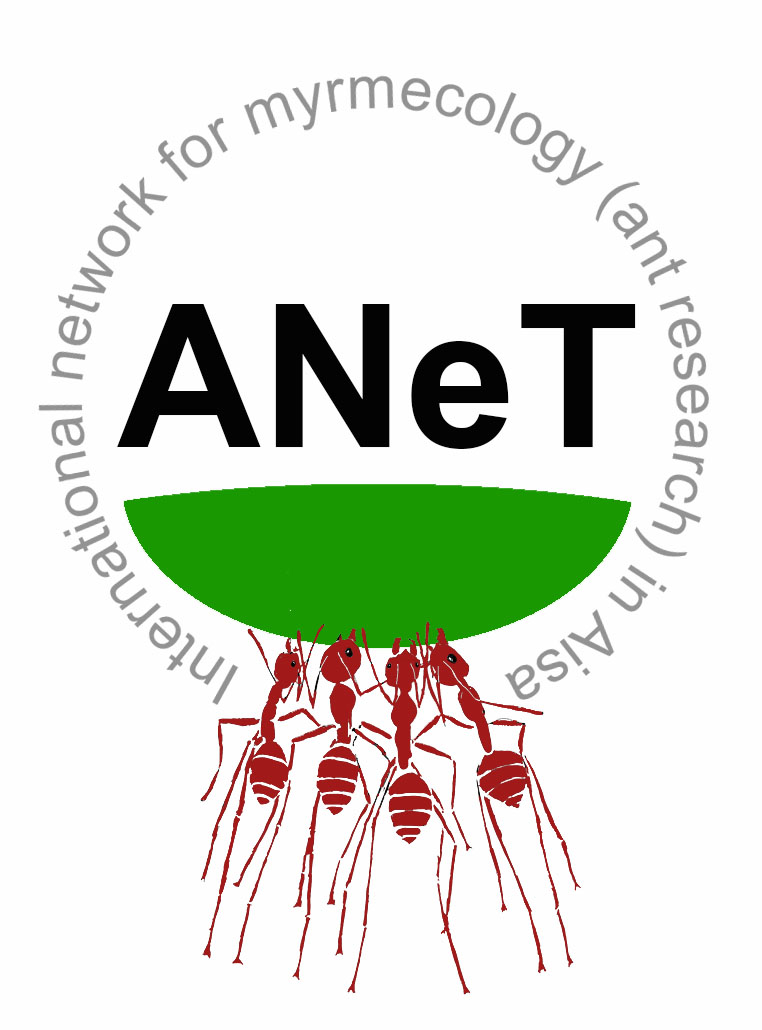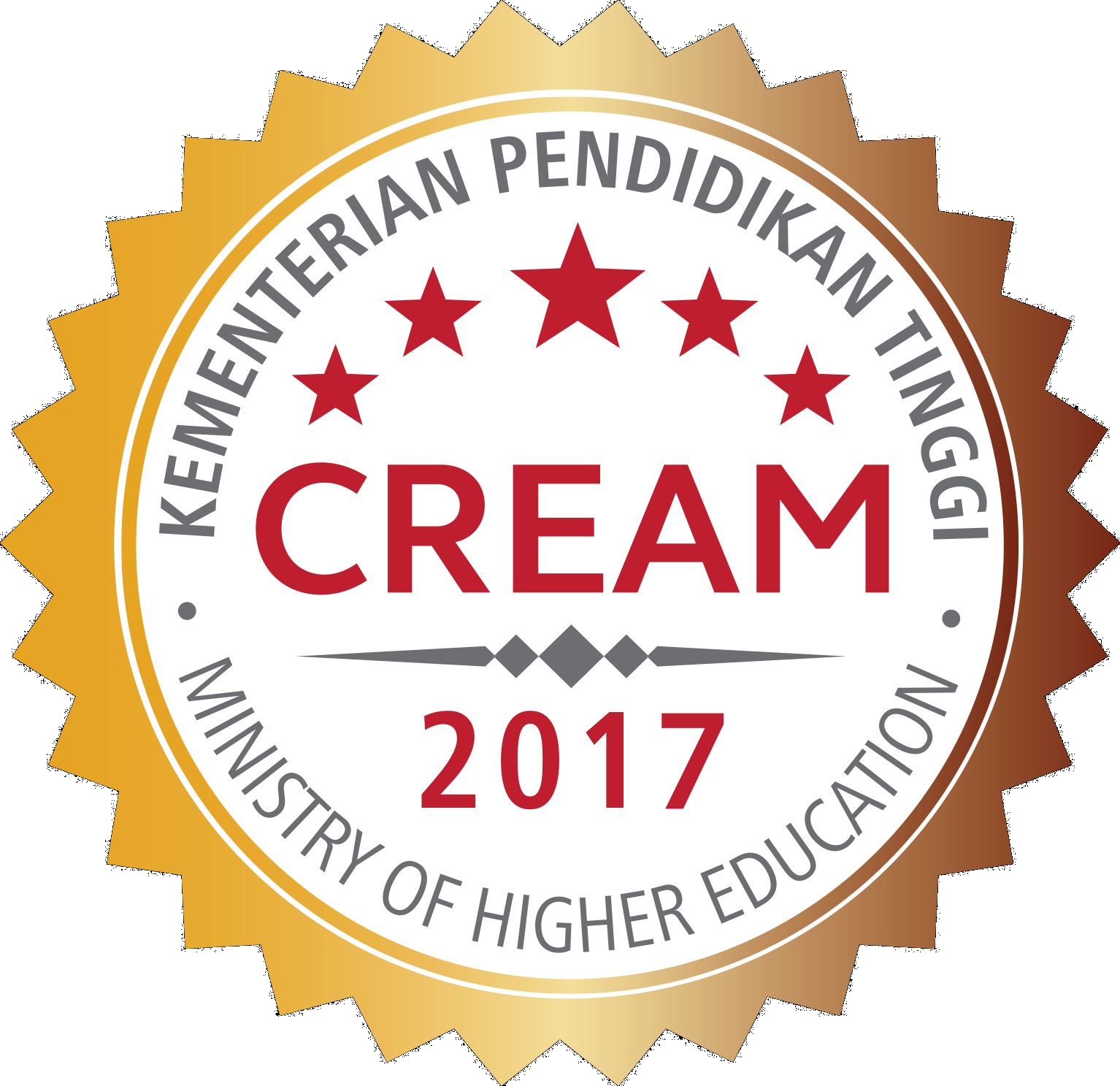ASIAN
MYRMECOLOGY
Image: François Brassard
online first (online version of paper published before print issue)
Morphology
DOI: 10.20362/am.010005
Asian Myrmecology 10: e010005 (1-9)
article first published online 13/February/2018
Morphology and ultrastructure of the venom gland in the ant Brachyponera sennaarensis
JOHAN BILLEN1* & MOHAMMED AL-KHALIFA2
Abstract:
We studied the morphology and ultrastructure of the venom gland of queens and workers of the samsum ant Brachyponera sennaarensis, which is known for its very painful sting. The general anatomical features of the gland are similar to those of other ants. The secretory cells do not have a granular endoplasmic reticulum, but contain numerous scattered free ribosomes and a well-developed Golgi apparatus. The convoluted gland represents an additional secretory tissue, in which the venom reaches its final toxicity. A considerable muscular supply surrounds the venom reservoir, and allows a forceful squeezing out of the venom during stinging. The ants have a mainly granivorous diet during the dry season, and feed on animal prey during the rainy season. For their prey hunting, and possibly also to protect the stored seeds against potential seed thieves, they need to rely on a powerful venom gland.
Keywords:
morphology, ultrastructure, venom gland, Brachyponera sennaarensis
Get PDF (4395K):
1Zoological Institute, University of Leuven, Naamsestraat 59, box 2466, B-3000 Leuven, Belgium
2Department of Zoology, College of Science, P.O. Box 2455, King Saud University, Riyadh 11451, Saudi Arabia
*Corresponding author: johan.billen@kuleuven.be



